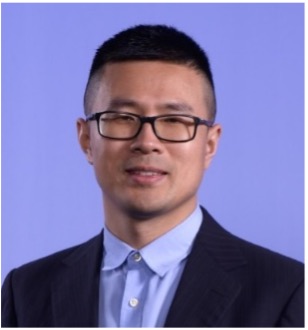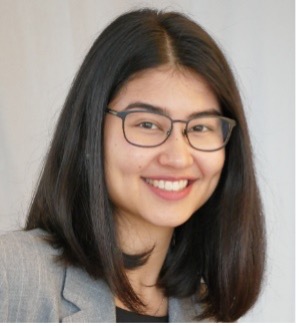The ALIVE initiative
What is ALIVE? And meet a couple IfB researchers.
By: Joanne Lim (Institute Coordinator, Institute for Biomechanics)
What is ALIVE - Advance Engineering with Living Materials? This ETHZ initiative brings together scientists focused on applying the design principles of living systems as a basis for sustainable, intelligent and resilient materials and technologies of the future. It is divided into three project streams:
- Actuated human joint organoid on chip for personalised health (“Zurich Joint”)
- Multiscale biohybrid tissues for robotics driven by applications in health (“Biohybrid Robots”)
- Living systems for carbon-capturing in self-aware infrastructure (“Microbial Systems”)
The ALIVE initiative provides almost 1M CHF funding to build and equip labs at the Hönggerberg and Zentrum campus.
One of the important goals of the ALIVE initiative is to train future scientists. Recently, the ALIVE investigators began to recruit 20 PhD candidates (as part of the MaP Doctoral School). There were over 130 applications received, and 30 candidates were interviewed.
We recently had a chance to speak with Xiao-Hua Qin, and Margherita Bernero on their experiences with ALIVE. Xiao-Hua is a Senior Researcher and Lecturer in the Laboratory for Bone Biomechanics (Ralph Müller) and team lead of the Micro-Tissue Engineering and Biomaterials group. Margherita is a recently recruited ETH ALIVE Doctoral Fellow.
Here’s what they had to say:
Joanne (J): Why were you interested in applying to the ETH ALIVE Doctoral Fellowship?
Margherita (M): The collaborative spirit and the biomedical application potential attracted me. The individual project streams were very broad and we applied to a large pool, but we could rank our priority with projects & professors.
J: How was the application process?
M: It was a very interesting process. We applied to the pool at the end of November. Then it all happened very quickly with 3 days of interviews in the first week of February where we got to meet many ALIVE principal investigators, and the following week we received the offers. I will already start on 1 March.
J: What are your expectations as an ETH ALIVE Doctoral Fellow?
M: I’m hoping that it will be different than a “regular PhD” in that all the projects are planned as a collaborative effort right from the beginning. Hopefully we can achieve more; where the whole project is greater than the sum of the parts. There are ambitious goals to accomplish, and we can learn during the whole process. I feel like the PhD students will be quite involved in the shaping of their projects. It will be interesting to see how the communication & interaction between all the groups evolve.
Joanne (J): How do you think your participation in ALIVE will help your future career?
Xiao-Hua (X): Participating in the ALIVE initiative as a principal investigator is a really valuable experience in my scientific career. Since March 2021, there has been a lot of brainstorming, planning and coordinating in such a large endeavour across ETH departments. I am eager to experience the cross-disciplinary interactions between groups, and there will hopefully be opportunities to plan for PhD secondments to the other teams. The strong scientific motivation and ambition with a 10 year plan is really exciting. In the Zurich Joint project, we seek to create living microphysiological models of the human joint tissue for both fundamental and translational research in medicine. I am looking forward to working with the whole ALIVE team.
Thanks Xiao-Hua and Margherita for taking the time to share your thoughts!
The D-HEST is represented in ALIVE by Ori Bar-Nur (Laboratory of Regenerative and Movement Biology), Ralph Müller/Xiao-Hua Qin (Laboratory for Bone Biomechanics), Simone Schürle (Responsive Biomedical Systems Lab), Jess Snedeker (Laboratory for Orthopaedic Biomechanics), and Marcy Zenobi-Wong (Tissue Engineering and Biofabrication).

